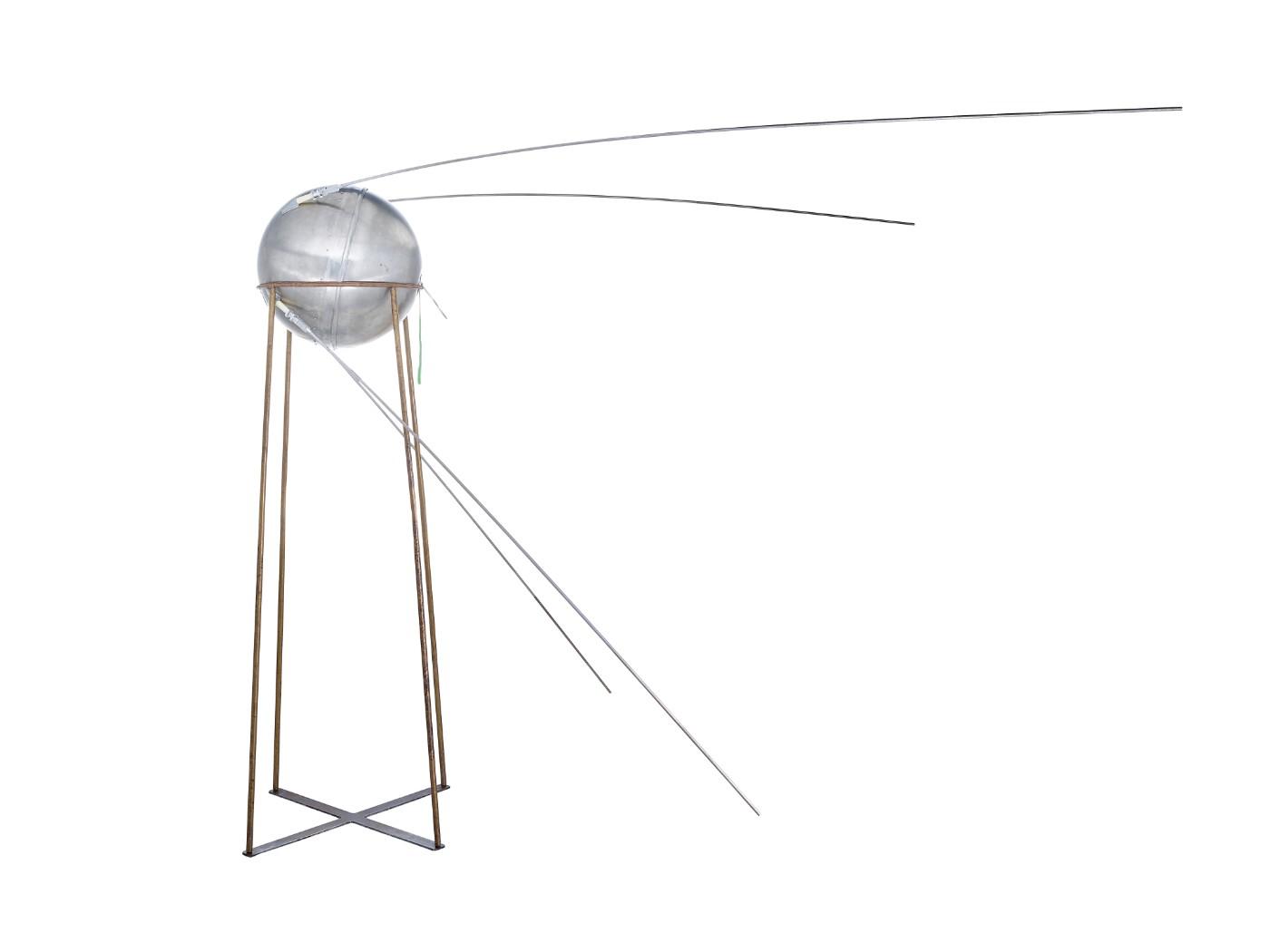Later this month, Bonhams will auction this exceptionally rare vintage test model of the Sputnik-1 satellite (estimate: $400,000-600,000). Part of The Air and Space Sale, this full-scale model was a joint production of Energia (OKB-1) and NII-885.
Adam Stackhouse, Bonhams specialist, commented: “We are honored to bring this world-changing piece of history to auction. There are only a handful of known working examples of the Sputnik-1 and this one comes with excellent provenance.”
Launched into Earth orbit by an R7 Semiorka rocket October 4, 1957, the Sputnik-1 artificial satellite had several scientific objectives: test how to place an artificial satellite in Earth orbit; provide upper atmosphere density information; test radio and optical orbital tracking methods; determine the effects of radio propagation through the atmosphere; and check principles of pressurization used on satellites. Lead Soviet rocket engineer Sergei Korolov, head of the Sputnik-1 project, insisted on rigorous testing to ensure its transmission would be received by even the cheapest of radios.



























